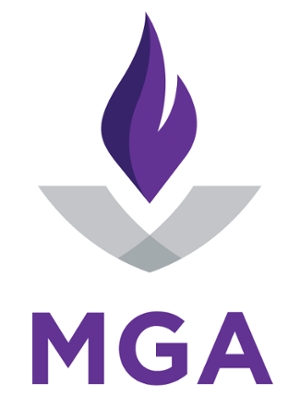7.7 Risk Management
Purpose
The purpose of this policy is to identify the different components of the Risk Management Department. A brief description of each component is included.
Components
Environmental Management System (EMS): EMS is a system designed to identify all the potential environmentally damaging activities/materials at Middle Georgia State University (MGA) and to mitigate the potential damage of each.
Environmental Health and Safety (EHS): EHS identifies risks to employees and others who are present in MGA facilities and informs these people of the same. A significant part of EHS is ensuring that everyone gets the Right-to-Know training and how to deal with exposure to hazardous materials.
Comprehensive Loss Control Program (CLCP): The CLCP is designed to minimize loss of state property, minimize the loss of employee work time due to injury, decrease insurance costs through proper management of state property, etc. The eight major components of the CLCP are:
- Employee Education and Training;
- Employee Accident Prevention;
- Theft Prevention;
- General Liability;
- State Workers’ Compensation Program;
- Property;
- Auto Liability and Physical Damage; and
- Fleet Management.
Enterprise Risk Management (ERM): The ERM program is a method of formally identifying risk, assigned the potential for occurrence of the risk and the impact if the risk occurs. The program allows for identifying, taking action to mitigate and tracking progress in avoiding or minimizing the risk. The program involves all risk including:
- Strategic Risk – Affects ability to carry out goals and objectives of USG and MGA;
- Compliance Risk – Affects compliance with laws, regulations, safety, etc.;
- Reputational Risk – Affects Reputation, public perception, political issues, etc.;
- Financial Risk – Affects loss of or ability to acquire assets, technology, etc.; and,
- Operational Risk – Affects on-going management process and procedures.
Insurance: Ensure that all assets are identified, inventoried and properly insured to cover the cost of asset replacement as may be required.
Property: Ensure proper inventory control, proper use and proper maintenance of all state owned property.
Fleet Management: Ensure the proper maintenance and use of state vehicles. Ensure that proper insurance is maintained to replace/repair vehicles as necessary. This also includes the initiation of replacement vehicles as appropriate. Fleet management includes working with the Eastman Campus in keeping the aircraft fleet current and protected.
